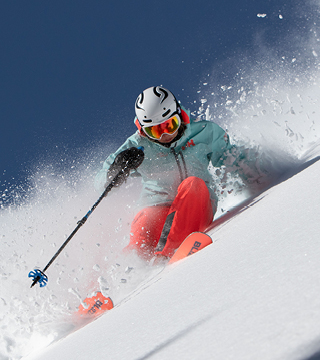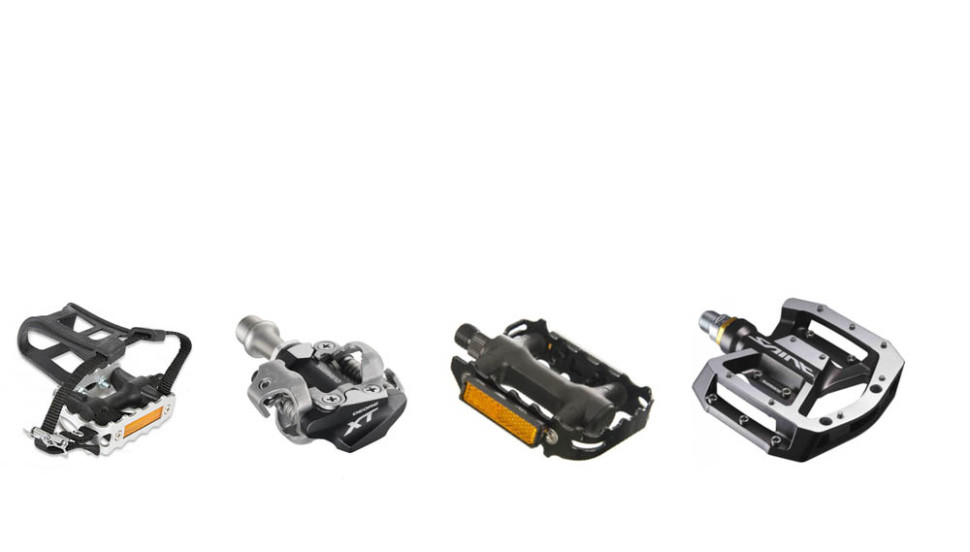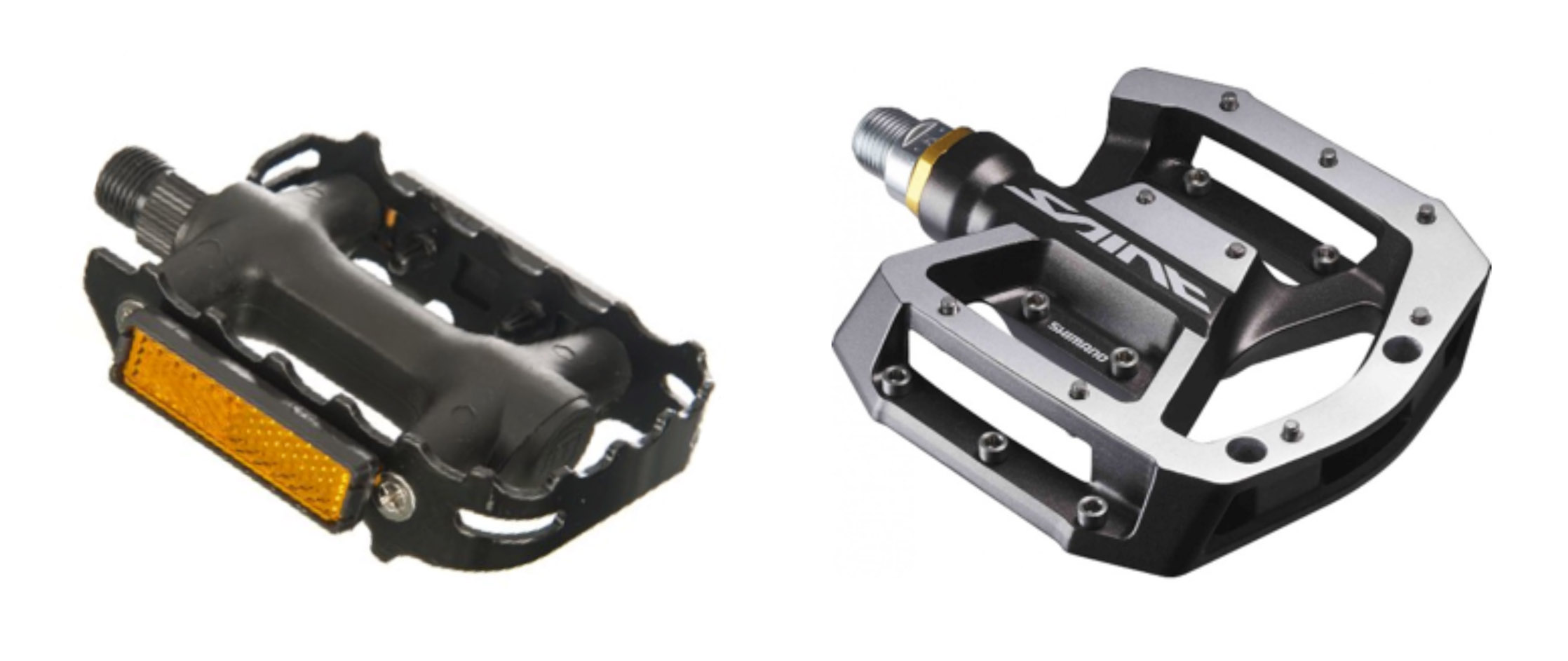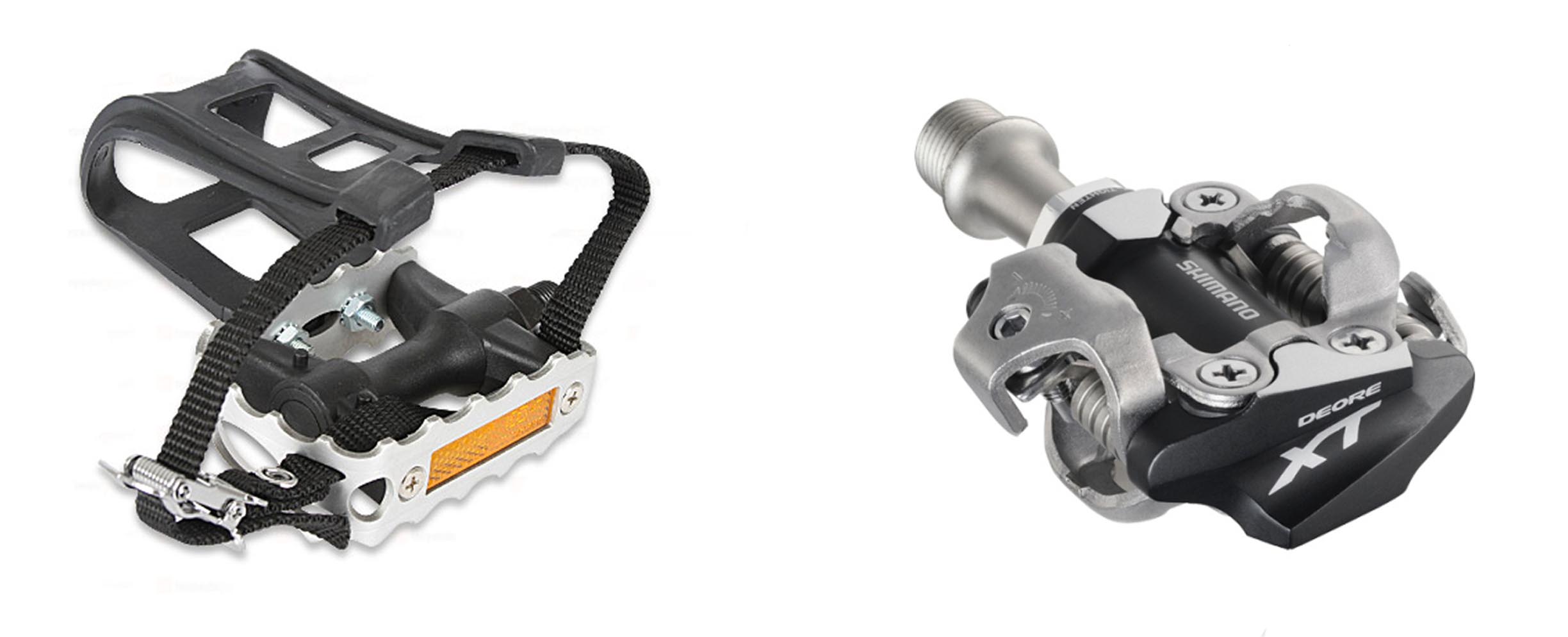Pedals are a crucially important aspect of any bike set up. Whether you’re a road cyclist, downhiller, trail rider, or a commuter, you’ll need pedals to ride. Besides the obvious fact that you need pedals to drive the cranks and get you moving, your choice of pedal will ultimately impact your performance. They are the platform on which you stand, and what keep you connected to the bike while you ride. However, not all pedals are created equal, and depending on the type of riding you are doing, your ability, and the performance you require, there are a number of factors that will determine the type of pedal you should use.
Types of pedals
Flat Pedals
Flat pedals are exactly as the name implies, a flat platform on which you can stand. They are the simplest to use and also the most common due to their versatility. Flat pedals are great for a wide range of scenarios, as they offer the freedom to adjust your position as you ride and can be used with normal footwear. They are great for beginner riders as they learn to control the bike as they don’t fix you in like clipless. You can move your foot around or even take your foot off the pedal instantly if required. They are also common place on downhill bikes as they offer forgiveness on variable terrain, and make things safer if you happen to crash at high speed.
Flat pedals come in a wide range of designs, from inexpensive plastic flats for street bikes, lightweight trail flats where performance is a high priority, to durable pedals designs like the Shimano Saint (pictured) that stand up to rough downhill use.
Ultimately the better grip you get from the pedal, the more control you will have over the bike. However, with that being said, if all you plan to do is cruise the neighbourhood streets then you won’t need much grip. If you want to ride downhill trails then you will need a pedal with good quality pins, with a platform shape optimised for that style of riding. Each pedal is different, but the grip comes down to 2 main factors, the platform shape and the type of contact point. As well as size, pedal shape can differ with some being more concave than others. The length, location and number of pins in a pedal also influences overall grip. The grip of a flat pedal will never match that of a clipless pedal, and thus power through the cranks and pedalling efficiency will suffer. If you are confident enough to ride clipped in, and want power and efficiency it is worth looking at a set of clipless pedals.
Clipless Pedals
Despite the name, clipless pedals actually involve you ‘clipping’ your feet into the pedals of your bike. Clipless pedals are a two-part system with part one being a locking mechanism on the pedal itself, and part two, a cleat that attaches to your bike shoe. The shoes clip into the pedals, giving you a very solid connection to your bike.
So why the name? Well before these existed, there were pedals with toe clips, the cages that go on a regular flat pedals. They don’t clip onto your pedals and they don’t clip onto your foot, so it’s really a dumb name for them, but because they already existed, these newer pedals which actually do clip in had to pick another name. For some reason, they chose “clipless.”
While the name is dumb, the advantages are anything but. You won’t see a professional rider these days that doesn’t use clipless pedals in a race situation. The first and most obvious benefit noticeable to riders is better power transfer. With normal flat pedals the only thing keeping your foot on the pedal during the upstroke is pressure. This pressure adds additional force that must be overcome by the downward stroke in order to drive the rotation. With clipless pedals there’s none of this. Because your foot can’t go flying off you can fully unweight the pedal on every recovery stroke so all of your energy is dedicated to propelling you and your bike forward.
In addition to better power transfer, clipless pedals offer vastly increased efficiency over regular flat pedals. With a flat pedal there’s only one section of the rotation where you can apply pressure to them: the down stroke. In clipless pedals, not only can you drive down but because your feet are secured solidly to the pedal, you can also sweep back and pull up. While the downstroke is undoubtedly where the most power is generated, by utilizing the hamstrings, core and hip flexors you can use some of these smaller muscle groups to generate similar levels of power while taking some of the pressure off the muscles you use in your downstroke. As you’re asking your legs to do a lot more than they used to, this may take a little bit of getting used to but once you adjust to the timing, you’ll find yourself going a lot faster with much less effort.
Being physically locked to the bike you also have much more control with a clipless pedal over flats. You can easily push and pull the bike laterally to maneuver through tricky sections or quickly lift the bike up to clear unexpected hazards. Riders who often find themselves faced with rough terrain will also find clips a lot more secure, allowing them to commit to charging through the rough rather than being worried about bouncing a foot off of flat pedals.
While there are a great many benefits to clipless pedals, they’re not perfect. Sometimes your foot can accidentally disengage and if you’re not expecting it (why would you when clipped in), it can certainly make things interesting! We all bail from time to time and sometimes you need to get away from your bike in a hurry. Unless you’ve trained your instincts to disengage lightning quick, you could find yourself attached when you don’t want to be. Clipless pedals also require special shoes with an attached cleat and so you’ll need to make sure you always have these on hand if you want to head out for a ride.
Clipless pedals certainly aren’t for beginner riders and when starting out, it’s important to make sure you give yourself plenty of time and space to practice and become confident in their operation. While they may not be for everyone, if you’re serious about your riding, the benefits of running clipless are a game changer. Once you’ve experienced them you may find it hard to ride on flat pedals ever again!

























